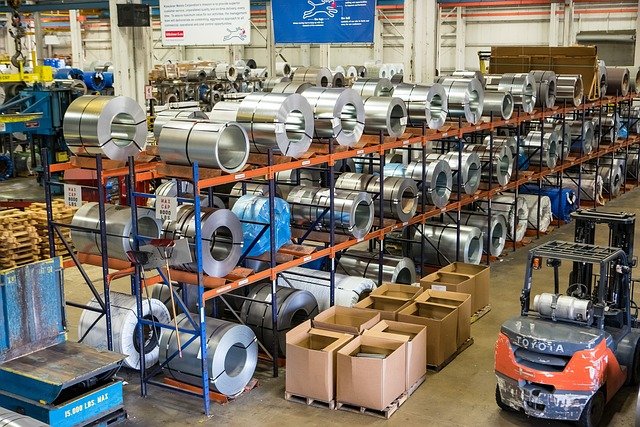How to assess load capacity for industrial shelving systems
Evaluating load capacity for industrial shelving systems is essential for safe, efficient warehouse operations. This article outlines practical steps to calculate static and dynamic loads, select the right shelving configuration, and factor in operational variables such as forklifts, pallets, and inventory turns. It also highlights inspection routines and layout considerations to reduce risk and improve storage optimization.

Evaluating the load capacity of industrial shelving systems requires combining manufacturer data, measured loads, and operational realities to avoid overstressing racking components. Start by identifying the types of loads you will store (uniform cases, palletized goods, concentrated single items) and measure average and maximum weights per unit. Consider both static loads (stored and not moving) and dynamic loads introduced by handling equipment and frequent inventory turnover. Record peak load scenarios and store that information with equipment documentation to guide decisions about shelving selection and layout.
Assessing storage capacity and load types
Load capacity begins with classifying the loads you intend to store: distributed case loads, pallet loads, point loads from heavy machinery, or mixed unit loads. Pallets can vary widely in weight depending on contents and pallet type; standard forklifts can influence dynamic loading if loads shift while lifted. Calculate total rack bay capacity by multiplying allowable beam or shelf capacities provided by the manufacturer by the number of levels, but always verify that this theoretical capacity matches actual loaded conditions, including pallet overhang or concentrated loads that reduce effective capacity.
Shelving selection and structural considerations
Different shelving systems—selective pallet racking, cantilever, boltless shelving, and industrial shelving—have distinct capacity characteristics. Beam and upright frame ratings are based on test conditions; in practice, evaluate column spacing, beam engagement depth, connector types, and bracing. Factor in deflection limits: a shelf may hold a given weight but deflect excessively, compromising safety or product stability. Check for seismic or wind bracing requirements in your jurisdiction and confirm that uprights are anchored as required by the racking supplier or local codes.
Pallets, forklifts, and handling impacts
Operational equipment affects safe capacity. Forklift lift height, load-centre distance, and handling technique change dynamic moments applied to racks. Heavier pallets placed at the front of a beam increase cantilever effects; repeated collisions or imprecise placement can damage uprights, reducing capacity. Train operators on placement tolerances, use pallet guides or load-back stops where appropriate, and consider pallet quality—damaged or undersized pallets can concentrate weight unpredictably and should be replaced to maintain consistent load distribution.
Logistics, inventory layout, and optimization
A facility’s layout and inventory strategy influence how much load each shelving bay actually supports. High-turnover SKUs should be placed in locations that minimize travel and reduce handling stress on racks. Use zoning to separate heavy, low-movement stock from lighter, fast-moving items. When planning mezzanine installations or multi-tier shelving, calculate cumulative loads on intermediate floors and foundation points; consult a structural engineer to validate that floor slabs and mezzanine frames accommodate point loads and distributed loads from racks and goods.
Safety, inspection, and maintenance practices
Regular inspection is necessary to ensure rated capacities remain valid in practice. Inspect uprights for dents, misalignment, and base plate movement; check beams for connector deformation and verify that locking pins or safety clips are installed. Implement a documented inspection schedule and a damage-response protocol that removes compromised components from service. Maintain load signage at each bay indicating maximum allowable loads and layout constraints. Keep records of repairs and replacements so that capacity calculations reflect the current condition of the system.
Mezzanine, automation, and capacity considerations
Introducing mezzanines or automation alters load paths and may create new constraints. Automated systems such as conveyors, AMRs, or pallet shuttles can concentrate loads at transfer points; verify that these points and any mezzanine structures are engineered for combined static and dynamic loads. Automation layout may require different aisle widths or bay orientations that affect rack capacity utilization. For mezzanine racks, ensure column loads transmit safely to primary structural elements and factor in live loads from inventory and equipment when calculating permissible racking capacity.
Conclusion
A reliable assessment of shelving load capacity combines manufacturer specifications, measured and anticipated loads, operational patterns, and regular inspections. Consider the influence of pallets, forklifts, layout, and any mezzanine or automation features on both static and dynamic loads. Maintain clear load signage, document inspections and repairs, and consult structural or racking experts when in doubt so that storage systems remain safe and optimized for warehouse operations.





